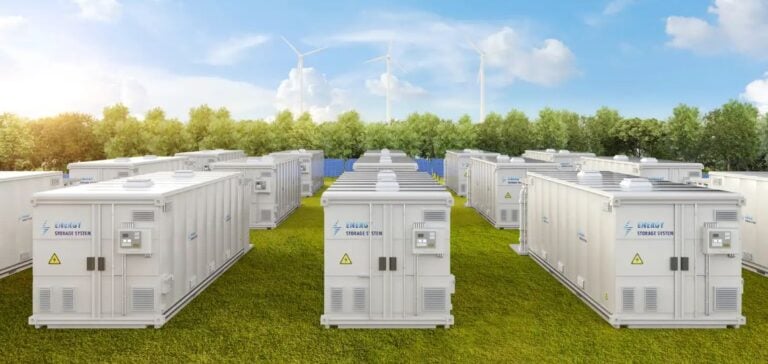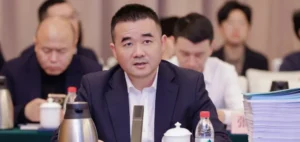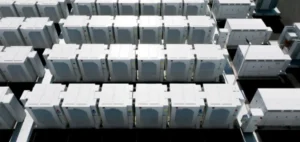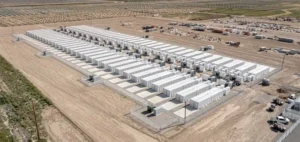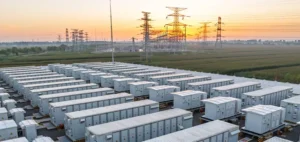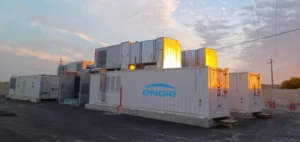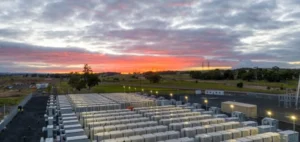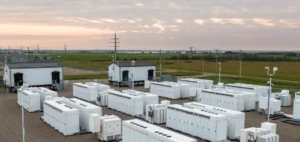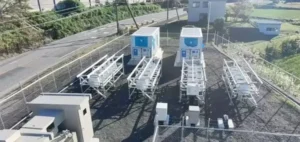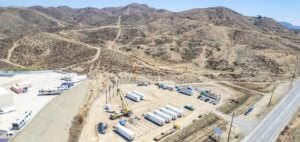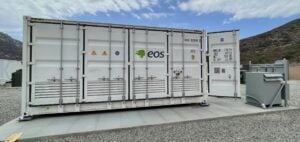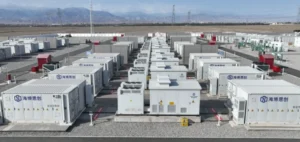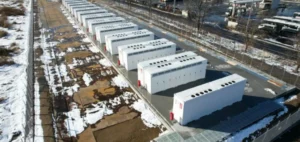Excelsior Energy Capital has signed a strategic agreement to develop 7.5 GWh of energy storage solutions in the United States. This investment aligns with local regulatory compliance requirements and aims to support the energy transition by bolstering the infrastructure needed for the U.S. power grid.
An expanding market driven by targeted investments
The 7.5 GWh initiative adds to the growing efforts of investors in the energy storage sector to meet the demand for renewable energy. The U.S. local content requirements encourage partnerships with suppliers capable of meeting these standards while ensuring quality products.
This project will diversify Excelsior Energy Capital’s energy portfolio, focusing on renewable infrastructure in North America. The goal of these investments is to ensure stable returns while enhancing grid resilience with modern, reliable technologies.
Political and economic impact of storage projects
Large-scale energy storage projects like the one announced by Excelsior Energy Capital play a key role in the U.S. energy strategy. By strengthening national storage capacity, these initiatives support the energy transition while addressing economic and energy security objectives.
Private actors, in collaboration with specialized suppliers, are emerging as essential contributors to political efforts to modernize energy infrastructure. These partnerships address challenges related to the increasing share of renewable energy in the energy mix while promoting local employment and industrial innovation.
Deliveries expected by 2026
The schedule includes the first delivery in April 2026, featuring integrated storage systems utilizing advanced batteries. These technologies, including software management tools, are designed to optimize efficiency and ensure the longevity of installations. The projects align with investor and regulator priorities to provide sustainable solutions for the power grid.


